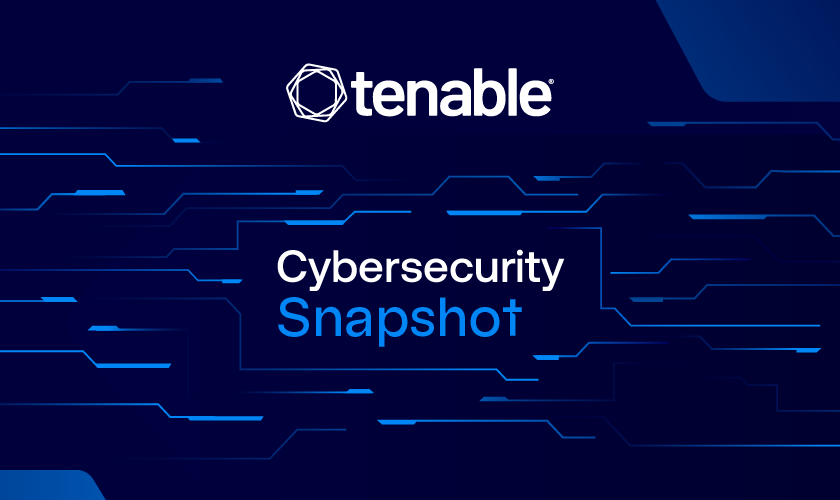Tenable blog
Cybersecurity Snapshot: CISA Analyzes Malware Used in SharePoint Attacks, as U.K. Boosts Cyber Assessment Framework

Cybersecurity Snapshot: CISA Calls for Stamping Out Buffer Overflow Vulnerabilities, as Europol Tells Banks To Prep For Quantum Threat
Check out best practices for preventing buffer overflow attacks. Plus, Europol offers best practices for banks to adopt quantum-resistant cryptography. Meanwhile, an informal Tenable poll looks at cloud security challenges. And get the latest on ransomware trends and on cybercrime legislation and pr...
Frequently Asked Questions About DeepSeek Large Language Model (LLM)
The open-source LLM known as DeepSeek has attracted much attention in recent weeks with the release of DeepSeek V3 and DeepSeek R1, and in this blog, The Tenable Security Response Team answers some of the frequently asked questions (FAQ) about it....
Tenable Announces Integration with OpenAI’s ChatGPT Enterprise Compliance API
From understanding and governing how your employees are using AI to continuously maintaining its right configurations and detecting security incidents — you need to protect your Enterprise AI. Here’s how Tenable can help....
Microsoft’s February 2025 Patch Tuesday Addresses 55 CVEs (CVE-2025-21418, CVE-2025-21391)
Microsoft addresses 55 CVEs with three rated critical and four zero-day vulnerabilities, including two that were exploited in the wild....
Cybersecurity Snapshot: Cyber Agencies Offer Best Practices for Network Edge Security, While OWASP Ranks Top Risks of Non-Human Identities
Check out recommendations from CISA and others on how to protect network edge devices and applications. Plus, OWASP has published the 10 risks associated with non-human identities. In addition, find out why ransomware payments plunged in 2024. And a new U.K. non-profit will categorize cyber incident...
Tenable Supercharges Exposure Management with Acquisition of Vulcan Cyber
Vulcan brings more than 100 additional third-party integrations and enhanced remediation workflows to the Tenable One Exposure Management Platform, enabling organizations to prioritize their security risk based on contextualized and enriched intelligence....
CISA Releases FOCAL Plan to Help Federal Agencies Reduce Cyber Risk
CISA’s FOCAL Plan, which aims to standardize the cybersecurity operations of federal civilian agencies, marks an important step in the federal government's efforts to strengthen cyber defenses and reduce agency risk. Learn how Tenable One for Government, which recently achieved FedRAMP Authorization...
Cybersecurity Snapshot: CSA Offers Tips for Deploying AI Securely, While Deloitte Says Cyber Teams’ GenAI Use Yields Top ROI
Check out the Cloud Security Alliance’s recommendations for rolling out AI apps securely. Meanwhile, a Deloitte survey found GenAI initiatives by cyber teams deliver the highest ROI to their orgs. Plus, the NSA urges orgs to combat GenAI deepfakes with content provenance tech. And get the latest on ...
What Makes This “Data Privacy Day” Different?
As we celebrate Data Privacy Day, Bernard Montel, Tenable’s EMEA Technical Director and Security Strategist, wants to remind us that we live in a digital world and that we need to protect it. With data breaches a daily occurrence, and AI changing the playing field, he urges everyone to “do better.”...



